Temporary vs Permanent Staffing: What’s Best for Your Fleet?
Temporary vs Permanent Staffing: What’s Best for Your Fleet?
Temporary staffing is often seen as a quick fix, but it can create more headaches than solutions if not managed properly. Permanent staffing offers stability but may slow your ability to respond to sudden demands. Knowing when to choose temporary or permanent staffing can save your fleet time, money, and compliance risks. Let’s break down the key points to help you make the right decision for your fleet management and HGV driver recruitment needs. For further insights, you can explore more here.
Understanding Temporary Staffing

Temporary staffing can be a lifesaver for meeting sudden demands. Yet, it comes with its own set of challenges. Let’s explore how it can benefit your fleet and what obstacles you might encounter.
Benefits of Temporary Staffing
When you need quick solutions, temporary staffing can be your best friend. It allows your business to adapt to sudden changes without long-term commitments. Imagine you have a seasonal spike in deliveries. Hiring temporary drivers gives your fleet the flexibility it needs to meet demand. According to a recent study, 65% of businesses reported improved operational agility with temporary staffing.
Temporary staff can also bring fresh perspectives and skills to your team. They might suggest tweaks to enhance operations. Furthermore, using temporary staff allows you to test potential permanent employees. You can evaluate their fit before making long-term commitments. This approach saves both time and resources. For more insights on how temporary staffing can benefit your business, check out this article from Adecco.
Challenges of Temporary Staffing
Despite the benefits, temporary staffing isn’t without its hurdles. One challenge is training. Temporary staff need to quickly learn your systems and processes. This can strain your current team as they balance their duties with onboarding newcomers. Additionally, temporary workers might lack commitment. They could be less motivated than permanent staff, impacting productivity.
Another issue is compliance. Temporary staff must meet industry regulations just like permanent employees. Ensuring this can be complex. At Adapt Logistics, we specialise in navigating these challenges, ensuring your temporary hires are both qualified and compliant. You can learn more about overcoming these challenges here.
Exploring Permanent Staffing

While temporary staffing offers flexibility, permanent staffing provides stability. Here, we delve into why some businesses opt for permanent solutions and the potential drawbacks they might face.
Advantages of Permanent Staffing
Permanent staffing offers a stable workforce, which is essential for long-term planning. Employees with a permanent role are often more invested in your company’s success. This commitment can lead to increased productivity and improved team dynamics. A permanent team also means less time and money spent on constant training.
Moreover, permanent employees can develop a deep understanding of your operations, leading to improved efficiency. Over time, they can take on more responsibilities, helping your business grow. If you’re looking for stability, permanent staffing might be the way to go. To explore more about permanent staffing benefits, you can visit iQuasar.
Drawbacks of Permanent Staffing
Despite its benefits, permanent staffing can be inflexible. If your business faces fluctuating demands, a fixed workforce might not provide the agility you need. Hiring permanent staff also involves significant upfront costs, including recruitment and training expenses.
Additionally, letting go of permanent staff can be more complicated and costly than ending temporary contracts. This can pose a challenge if your business needs to downsize or pivot quickly. Balancing these factors is crucial when considering permanent staffing. For a deeper dive into this topic, read more here.
Choosing the Right Staffing Solution

Deciding between temporary and permanent staffing isn’t always straightforward. By assessing your fleet’s needs and balancing flexibility with stability, you can make an informed choice for your business.
Assessing Your Fleet’s Needs
The key to choosing the right staffing solution lies in understanding your specific needs. Start by evaluating your fleet’s current situation. Are you facing seasonal peaks or unexpected increases in demand? If so, temporary staffing can provide the necessary agility. However, if your business needs continuity and deep expertise, permanent staffing might be a better fit.
Consider your operational goals and financial constraints. Are you ready to invest in long-term training or need quick results with minimal investment? By aligning your staffing strategy with your operational objectives, you can maximise efficiency and reduce costs. Here’s the key insight: your staffing choice should reflect your business priorities and market dynamics.
Balancing Flexibility and Stability
Finding the right balance between flexibility and stability is crucial. For some businesses, a hybrid approach works best. You might rely on a core team of permanent staff for stability while using temporary workers to handle peak times.
Most people think they have to choose one over the other, but combining both can offer the best of both worlds. The longer you wait to find this balance, the more you risk inefficiencies and missed opportunities. By adopting a flexible approach, you can adapt quickly to market changes while ensuring core operations remain stable.
By understanding both temporary and permanent staffing’s pros and cons, you can make informed decisions that align with your business goals. For further guidance on making the best choice for your fleet, visit this comprehensive guide.

